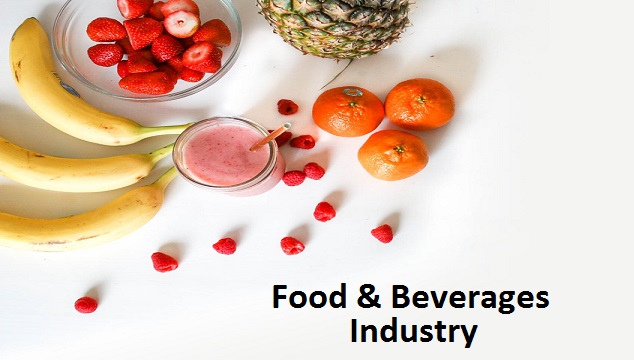Emulsion Stabilizer for Beverages Market Assessment Based on Top Driving Factors during 2018 to 2028

Global consumption of emulsion stabilizer for beverages is foreseen to surpass 210,000 MT in 2018, up from nearly 200,000 MT in 2017, as per Fact.MR valuation. The emulsion stabilizer for beverages market is poised to grow at a moderate CAGR of 4% during the forecast period 2018-2028. The global emulsion stabilizer for beverages market study presents an all in all compilation of the historical, current and future outlook of the market as well as the factors responsible for such a growth. With SWOT analysis, the business study highlights the strengths, weaknesses, opportunities and threats of each emulsion stabilizer for beverages market player in a comprehensive way.
Further, the emulsion stabilizer for beverages market analysis report emphasizes the adoption pattern of the emulsion stabilizer for beverages across various industries. The emulsion stabilizer for beverages market report highlights the following players:
- Royal DSM
- Ashland Global Holdings Inc.
- Archer Daniels Midland Company
- DowDuPont Inc.
- Others
The emulsion stabilizer for beverages market report examines the operating pattern of each player – new product launches, partnerships, and acquisitions – has been examined in detail.
Buoyancy in the global food and beverage industry is likely to contribute to the steady growth of the emulsion stabilizers for beverages market. Owing to the presence of a huge number of small market players, the marketplace remains highly fragmented. Fact.MR estimates that the emulsion stabilizer for beverages market will surpass US$ 1.8 Billion by the end of 2028.
Apart from their popular use as an emulsifier, F&B sector uses emulsion stabilizers for multiple functions such as texture integrity, viscosity modifications, and taste preservation. Owing to their high vulnerability to spoilage, beverage industry highly consumes emulsion stabilizers. Fact.MR shows that gum acacia remains the highly preferred emulsion stabilizer among beverage manufacturers owing to over 3-fold price difference when compared with other counterparts such as pectin, gellan gum and carrageenan. Global consumption of gum acacia is expected to reach nearly 105,000 MT and account for about 35% of the total consumption by 2028.
You can Request an Example Copy from here - https://www.factmr.com/connectus/sample?flag=S&rep_id=2223
With its superior physio-chemical characteristics, pectin is estimated to register the second largest demand for emulsion stabilizer during the forecast period. In terms of value, pectin will report the largest revenues worth over US$ 730 Million by the end of 2028. 3-fold higher prices of pectin can be attributed to the greater market revenues despite gum acacia’s highest consumption.
The Fact.MR study opines that application of emulsion stabilizers remains highly concentrated in the UTH soy beverages and dairy beverages wherein emulsion stabilizers are used for their stability under low pH and high-temperature treatments. Beverage manufacturers persistently seek beverage formulators for establishing commercial formulations of beverages which can be easily reproduced for mass production. The emulsion stabilizer marketplace continues to witness demand for individual stabilizers and blends or mix of stabilizers.
Ask Industry Professional about Report – https://www.factmr.com/connectus/sample?flag=AE&rep_id=2223
In a bid to optimize raw material cost, beverage manufacturers seek stabilizer blends wherein better performance is obtained by mixing properties of premium and low-cost stabilizers. Demand for individual and stabilizer blends remains highly concentrated in the carbonated soft drinks. The Fact.MR study opines that carbonated soft drinks will continue to register leading demand for emulsion stabilizers. By 2028, carbonated soft drinks are expected to hold over 28% of the market revenue. Plant-based beverages are projected to report the second largest demand for emulsion stabilizers and, with demand likely to reach nearly 70,000 MT by 2028 end.
